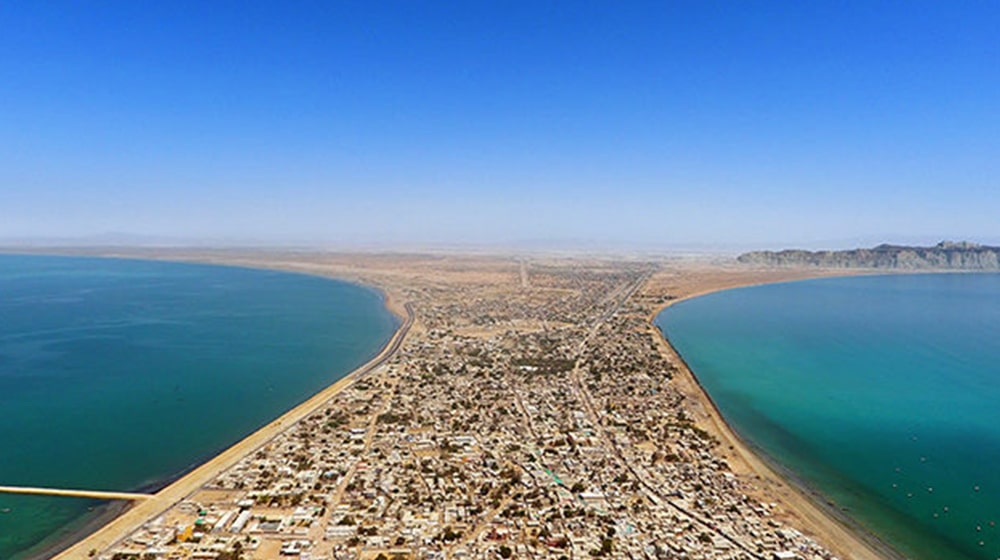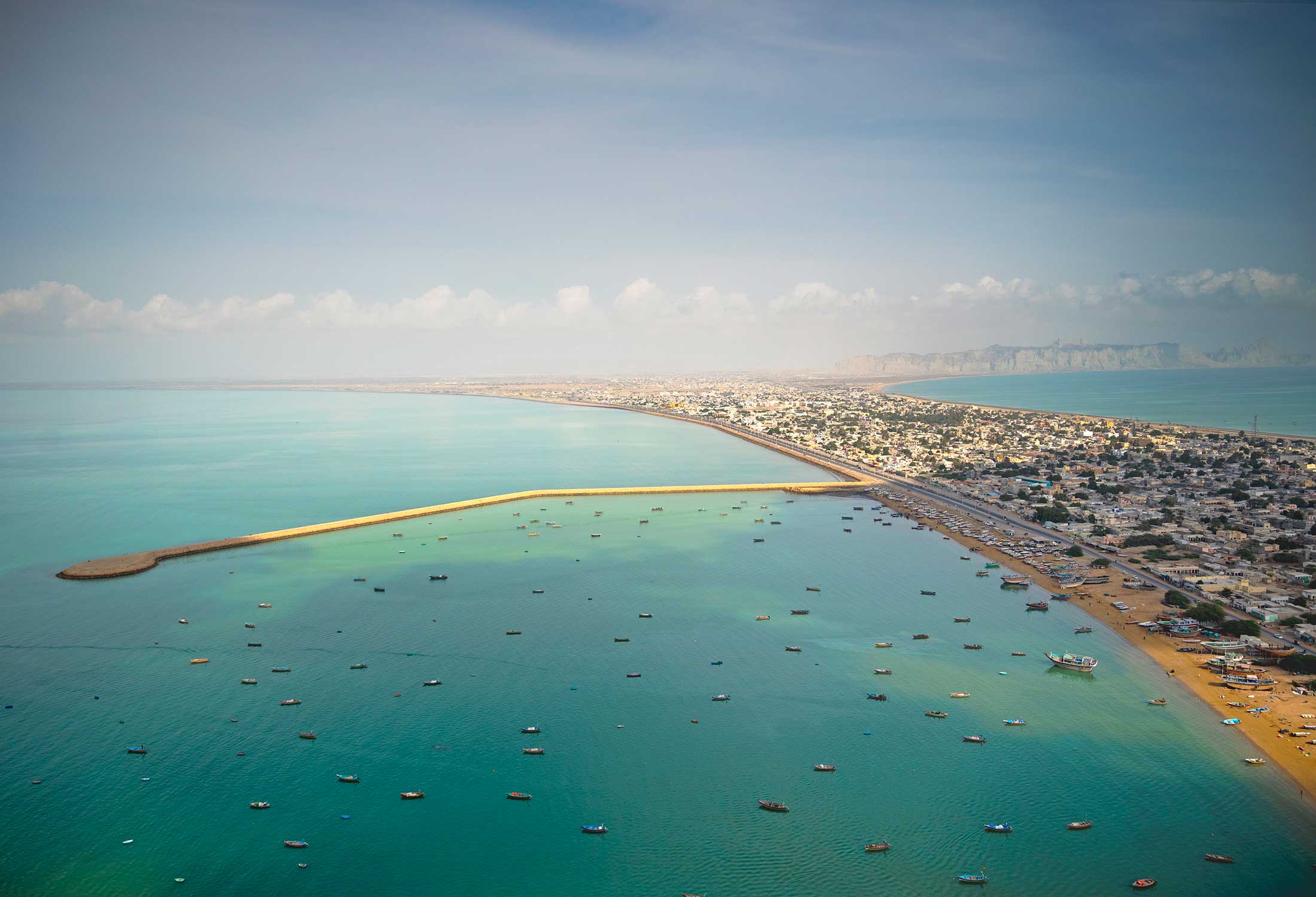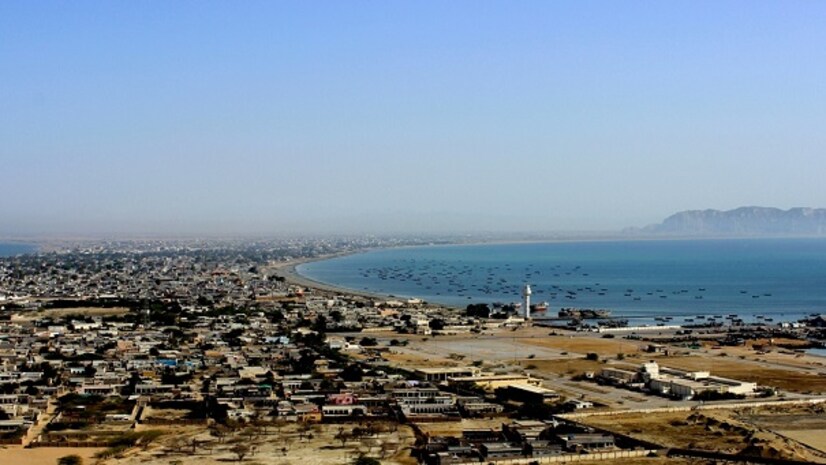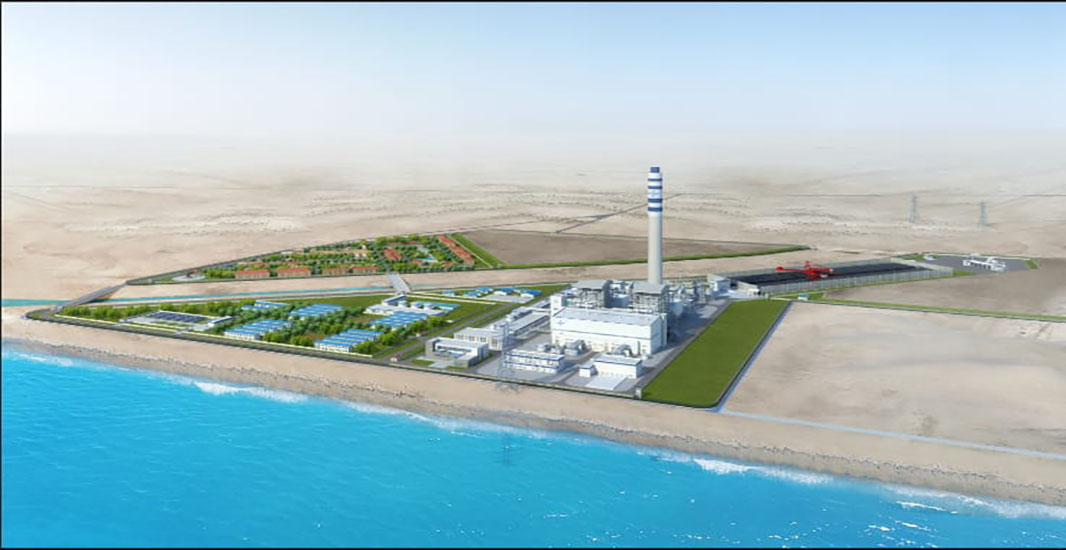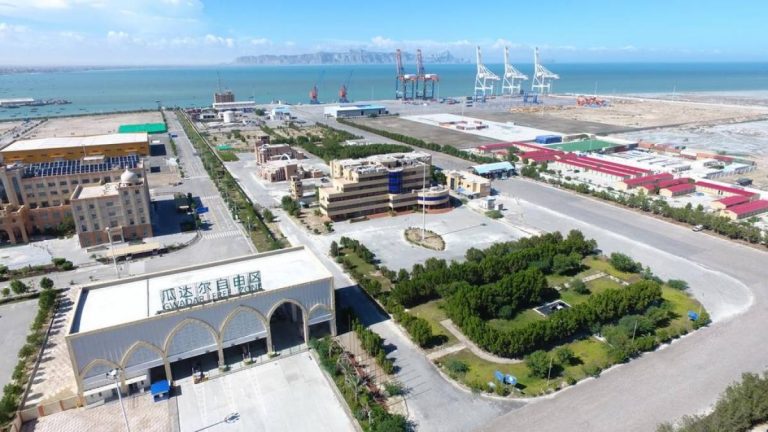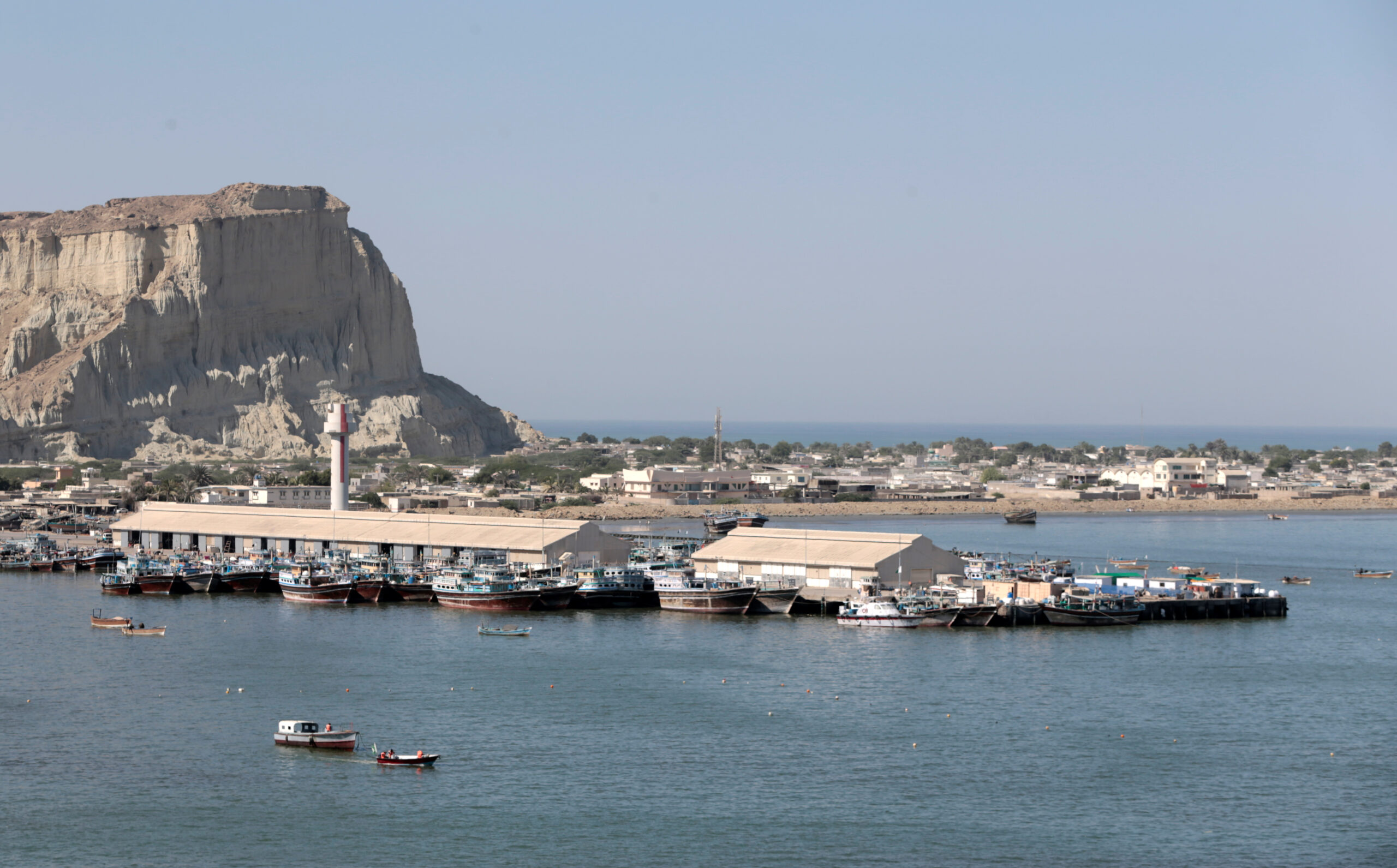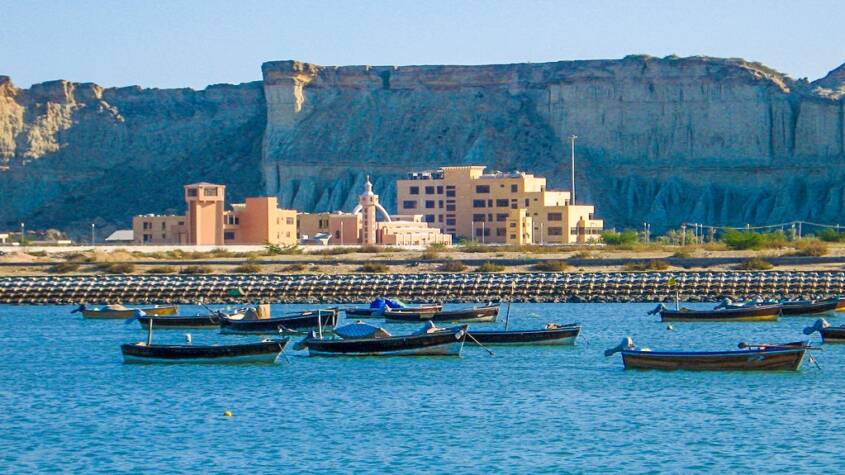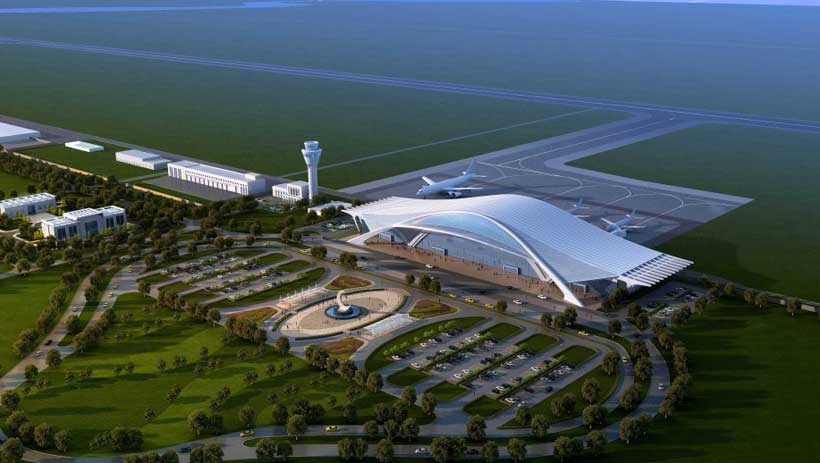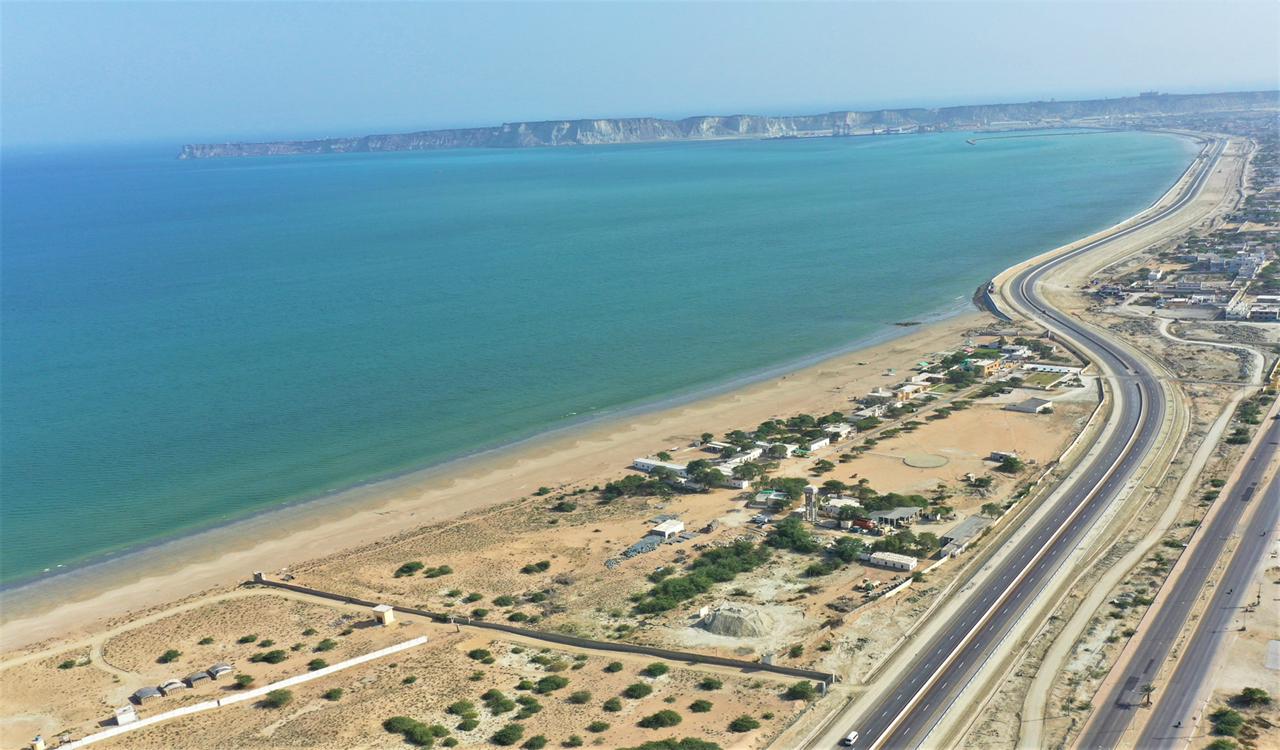
About the Gwadar
Pakistan’s Gateway to the Future
Nestled along the southwestern coast of Pakistan in the province of Balochistan, Gwadar is fast transforming from a quiet fishing town into a strategic and economic linchpin of South Asia. With its natural deep-sea port, unique geographic location near the Strait of Hormuz, and integration into China’s Belt and Road Initiative (BRI) through the China-Pakistan Economic Corridor (CPEC), Gwadar is poised to become a pivotal hub for global trade and regional connectivity.
Yet, Gwadar’s importance is not only geopolitical or economic — it is also a cultural and historical landscape, shaped by centuries of maritime activity, Balochi traditions, and hopes for a brighter, more inclusive future.
Geographical Significance
Gwadar is situated on the Makran coast along the Arabian Sea, around 600 kilometers west of Karachi and about 120 kilometers east of the Iranian border. Its deep-sea port is naturally protected by the hammerhead-shaped Gwadar Peninsula, which juts into the sea, forming a natural harbor that can accommodate large cargo ships.
Its strategic location places it near the Strait of Hormuz, one of the world’s most vital oil shipping lanes through which nearly a third of global oil passes. This makes Gwadar a critical node in regional maritime logistics and a potential alternative trade route bypassing longer and costlier shipping lanes.
Historical Background
Historically, Gwadar was a modest coastal settlement known for fishing and trade. It was ruled by local Baloch tribes and later came under the influence of Persian and Omani rulers. For over 170 years, Gwadar remained part of the Sultanate of Oman, until 1958, when it was formally purchased by Pakistan through diplomatic negotiations.
This transfer marked the beginning of Gwadar’s modern history as a part of Pakistan’s southwestern Balochistan province. However, for decades, the town remained underdeveloped and largely disconnected from the country’s economic centers — until recent years, when Gwadar began to emerge as a focal point of regional infrastructure planning.
Gwadar Port: The Crown Jewel of CPEC
The turning point for Gwadar came with the establishment of the Gwadar Deep Sea Port, a multi-billion dollar infrastructure project initiated in the early 2000s. The port was constructed in phases with assistance from China, which saw the strategic advantage of a Pakistani port close to the Gulf.
Under the China-Pakistan Economic Corridor (CPEC), Gwadar is now envisioned as a key maritime outlet for western China and Central Asia. The corridor connects Gwadar to China’s Xinjiang province via a network of highways, railways, and pipelines, drastically reducing the transport time for Chinese goods and oil imports.
China has invested heavily in Gwadar’s port infrastructure, industrial zones, and power supply — with plans to turn the city into a Special Economic Zone (SEZ). The goal is to attract international investment, develop manufacturing hubs, and create job opportunities for the local population.
Urban Development and Challenges
Gwadar’s transformation is not limited to port development. The city is undergoing a broader urban makeover, with new roads, housing schemes, commercial buildings, an international airport, and a desalination plant to address water scarcity.
Key projects include:
- Gwadar International Airport, funded by China, which will become one of Pakistan’s largest airports.
- Gwadar East-Bay Expressway, connecting the port with the main national highways.
- Gwadar Free Zone, aimed at attracting foreign investment in logistics, manufacturing, and services.
Despite these developments, challenges remain. Local communities often express concerns about the lack of access to clean water, healthcare, education, and employment opportunities. Ensuring that Gwadar’s development benefits its indigenous population is critical for long-term sustainability and social harmony.
Culture and Community
Gwadar is home to a rich Balochi culture, characterized by hospitality, music, storytelling, and fishing traditions. The local population speaks Balochi and Urdu, and many residents trace their ancestry to seafarers and traders who interacted with Persia, Oman, and East Africa.
Fishing remains the backbone of Gwadar’s local economy. The Gwadar Fish Harbour supports thousands of families, and seafood exports from the region are significant contributors to Pakistan’s economy.
Festivals like the Baloch Cultural Day, traditional boat races, and folk music gatherings add vibrancy to the local community. However, as the city modernizes, there is a need to preserve its cultural identity alongside economic progress.
Tourism Potential
Gwadar’s natural beauty and coastal charm offer immense tourism potential. The hammerhead-shaped peninsula, pristine beaches, and the Koh-e-Batil viewpoint provide breathtaking landscapes for adventure lovers, photographers, and nature seekers.
Nearby attractions include:
- Astola Island, Pakistan’s largest offshore island.
- Ormara and Pasni, scenic coastal towns.
- Princess of Hope and the Balochistan Sphinx, located along the Makran Coastal Highway.
- Hingol National Park, rich in wildlife and geological wonders.
With improved infrastructure, Gwadar can emerge as a major coastal tourism destination, similar to the UAE or Oman, offering scuba diving, boating, and cultural tourism experiences.
Strategic Implications
Gwadar’s rise is also watched closely by global powers. The port is central to China’s “String of Pearls” strategy — a network of Chinese-developed ports across the Indian Ocean. India, Iran, and Western countries see Gwadar’s development through geopolitical lenses, especially in relation to China’s growing maritime presence.
The port also holds promise for landlocked Central Asian nations and Afghanistan, which can access international markets via Gwadar rather than longer routes through Iran or Russia.
Pakistan hopes to leverage Gwadar to rebalance its own economic landscape, reducing Karachi’s overdependence and boosting Balochistan’s integration into the national economy.
Future Prospects
The vision for Gwadar in the next two decades is ambitious: a smart port city, buzzing with trade, tourism, education, and innovation. If executed with inclusivity and transparency, Gwadar can uplift not only Balochistan but also change Pakistan’s economic outlook.
To achieve this vision, some key areas must be addressed:
- Local inclusion in employment, education, and business opportunities.
- Environmental sustainability, especially in managing marine life, waste, and water usage.
- Security and governance, ensuring safety for investments while respecting local rights.
- Capacity building, through vocational training and educational programs for locals.
Conclusion
Gwadar is no longer just a remote fishing town — it is a symbol of Pakistan’s aspiration to become a regional trade and connectivity hub. With its deep-sea port, strategic location, and ambitious development plans, Gwadar holds promise for economic transformation. However, this promise must be anchored in inclusive growth, where the local population is not left behind but rather stands at the center of progress.
Address: 48JF+GXH, Gwadar Old City, Gwadar, Pakistan
